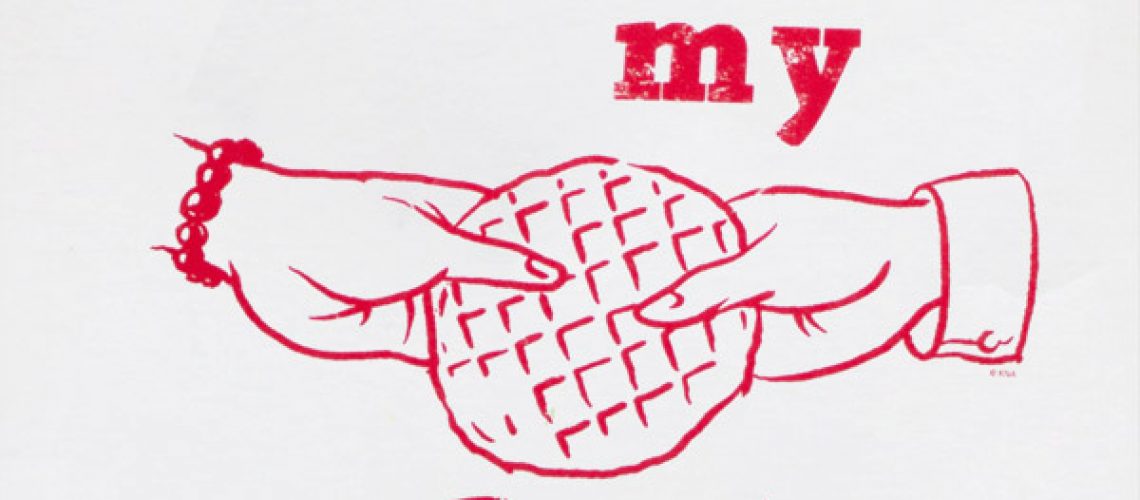Leggo my Ego
There is no room for ego in parenting or teaching. Remember the breakfast waffle commercial where an Eggo waffle pops out of the toaster and siblings simultaneously grab for it and shout “Leggo my Eggo?” I imagine this going on inside a parent or teacher’s mind. As a challenging situation crops up, their imposing adult self and collaborative adult self grapple over handling the situation – only they’re shouting “Leggo my EGO!”
Parenting sometimes includes such philosophies as “Be seen not heard,” “Defer to adult decisions,” “Don’t question authority,” and that the answer to ‘Why?’ is “Because I said so.” If this was part of your upbringing you may inject such reasoning into your own interactions with children. Addressing kids in this egocentric way leads to disaffection and frustration. What we want is a child’s buy-in, trust and cooperation. Especially for gifted and twice exceptional kids whose curiosity is insatiable, whose sensitivities encourage critical thinking, and whose processing is often deep; best practice dictates that we leave our egos at the door and focus on collaborative efforts.
Once inflated, ego, like a balloon, is easily popped. The bigger the balloon, the more easily it pops. Consider the corollary; deflating an ego (keeping it in check) allows for more resilience and flexibility. Inflated egos preclude collaboration. The outlook that the adult’s viewpoint is more important breeds discontent and sets up a game of tug-of-war. The adult is on one side of the rope, the child on the other side and each pull based on their own needs. Not exactly a fair set up. Goals are important, but success in meeting those goals in a meaningful way increases when kids’ perspectives are part of the process – when the adult and child are on the same side of the rope.
Imagine the preschool teacher who admonishes a child because he interrupts the book she is reading to point out a ladybug in the far corner of the page. The teacher focused on the disruption of her “performance” rather than the child’s observation and potential learning opportunity for the class. This child has an ability to take in data from multiple venues. Sharing his points of view will only enhance the other students’ experience. Squelching his observations discourages creativity and probably affects his self-esteem, making him experience deep disappointment.
Contemplate the parent who punishes a child for not eating particular foods without considering issues the child may experience. Unpacking possible challenges – sensory or associative, for example – may lead to an understanding and thoughtful approach for future successful meal times. Perhaps he has a heightened sensory awareness – to odors, textures, or tastes. Without consulting the child we miss an opportunity to make a personal connection where one is needed, we miss a teaching and learning opportunity and we send a strong message that the child’s concerns don’t matter.
What about the child who is kept from recess in response to his active behavior in the classroom? The teacher’s self focus prevents her from seeing the absurdity in this consequence, denying movement when movement is most needed. Perhaps he was moving around because he finished the assignment early, was bored, or was agitated by something that happened at school or at home? What if there was something about the room that affected the child adversely? What if his particular neurology causes him to need to move? Whatever the cause, knowing what underlies the behavior allows adults to address the challenge in a meaningful way. Ignoring a child’s concern assumes that children misbehave to get attention, to manipulate to aggravate or because they are inherently bad or defiant.
How about the child who shouts out and can barely stay in his seat when he has something to say? Do we punish him by purposely not calling on him? Current education dictates that teamwork is necessary for modern careers. Cutting edge companies are looking for idea generators. So why do we discourage idea volleying? Is it because this type of spontaneity disrupts a structured adult plan? Are adults worried they will “encourage this type of behavior” or “lose control of the classroom?”
Because they make quick connections, gifted and 2e kids often express clever ideas or alternative ways of doing things. So in the case of a child enthusiastically raising his hand, he is going to interrupt. He is going to shout out. He is probably going to push until he is convinced the adult understands his idea. Teachers and parents of gifted and twice exceptional kids have a choice, to listen or to inhibit. What if we call on that enthusiastic kid first? Accepting this behavior because we understand the cause, allows for a safe classroom (or dinner table). The alternative is unacceptable, swooping in to insist the child conform “because if they don’t they won’t make it in the ‘real world.’” That reasoning inhibits creativity and risk taking. Further, because gifted and 2e kids are organically connected to their ideas, they are their ideas, stifling them may drastically affect the child.
Of course an unstructured free for all is not the alternative. A flexible mindset, however, to understand and honor a child’s needs results in a dynamic classroom for different types of learners. Expanding our scope from adult centered-goals to include child-centered concerns broadens our perspective and allows us to solve problems durably. If we recognize learning potential in every interaction with children, we are poised to effectuate change and achieve greatness. So how do we gain this perspective, understand the child’s concerns and address behavior?
When I teach strategies to parents and educators I reiterate that first and foremost there must be a “personal connection.” From this place (a place of understanding on the part of the adult and a place of trust on the part of the child) all other strategies flow. Learning about a child goes a long way in setting up a successful teaching and learning paradigm. The most durable way to solve home or classroom challenges is to include the child in problem solving. Collaboratively address behavior – take the child’s considerations into account, empathize and acknowledge their difficulty, then put the adult concern on the table and invite the child to help brainstorm the best solution for everyone concerned. (This process is based on Ross Greene’s Collaborative and Proactive Solutions described at LivesInTheBalance.org).
This method leads to long lasting solutions. Not only is the problem addressed but the child also learns valuable skills of identifying their own needs, taking into account others’ needs and brainstorming solutions; but it requires checking egos at the door. Juxtapose the menu of skills taught during this process with what happens when an adult imposes his way. Using a “my way or the highway” approach teaches a child that their viewpoint is not important, that they are neither seen nor heard and that adults are unreasonable and unreliable. The child’s self esteem is negatively affected and their trust underhanded.
There is no need to “waffle” on this one; letting go of our ego allows us the flexibility of mind necessary to honor and address our children and students in a way that makes them feel valued and safe. It also allows us to solve problems collaboratively and durably and teach necessary skills for success. In the process we adults may learn something too!

Author: Julie F. Skolnick M.A., J.D.
Julie Skolnick, M.A., J.D., is the Founder of With Understanding Comes Calm, LLC, through which she passionately guides parents of gifted and distractible children, mentors 2e adults, and collaborates with and advises educators and professionals on bringing out the best and raising self-confidence in their students and clients.


